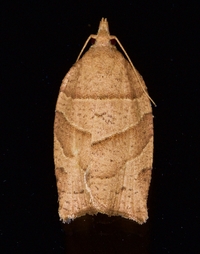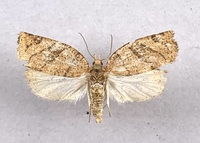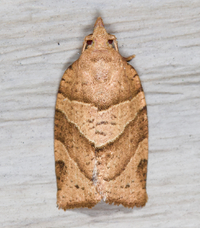
| Recorded by: Dean Furbish and Joy Wiggins on 2025-09-19
Wake Co.
Comment: | 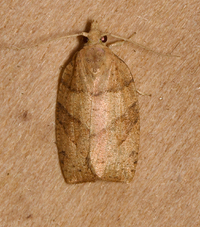
| Recorded by: Jim Petranka, Becky Elkin and Marilyn Westphal. on 2025-09-05
Henderson Co.
Comment: |
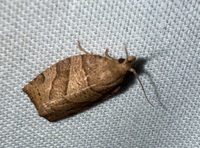
| Recorded by: Marilyn Westphal on 2025-08-29
Henderson Co.
Comment: | 
| Recorded by: Jim Petranka, Becky Elkin, Marilyn Westphal, Nora Murdock on 2025-08-25
Henderson Co.
Comment: |
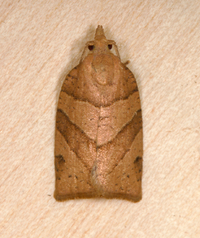
| Recorded by: Jim Petranka, Becky Elkin, Marilyn Westphal, Nora Murdock on 2025-08-25
Rutherford Co.
Comment: | 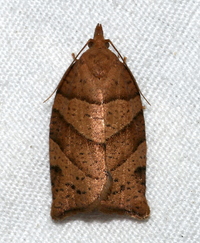
| Recorded by: David George, Kevin Bischof, Rich Teper, Patrick Coin on 2025-08-16
Transylvania Co.
Comment: |
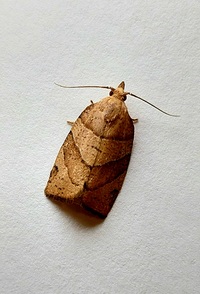
| Recorded by: Mark Basinger on 2025-08-14
Ashe Co.
Comment: | 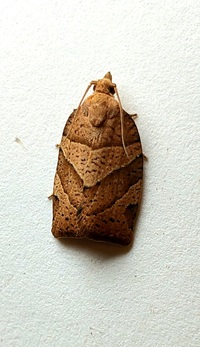
| Recorded by: Mark Basinger on 2025-08-11
Ashe Co.
Comment: |

| Recorded by: Jim Petranka and Becky Elkin on 2025-07-29
Madison Co.
Comment: | 
| Recorded by: B. Bockhahn on 2025-07-03
Macon Co.
Comment: |
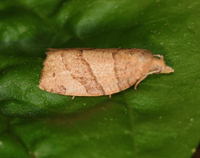
| Recorded by: Jim Petranka, Mark Basinger and Becky Elkin on 2025-06-25
Mitchell Co.
Comment: Specimen was dissected. | 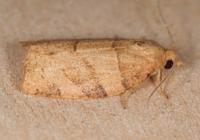
| Recorded by: Jim Petranka, Mark Basinger and Becky Elkin on 2025-06-25
Mitchell Co.
Comment: |
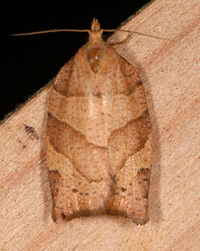
| Recorded by: Jim Petranka and Mark Basinger on 2025-06-23
Buncombe Co.
Comment: | 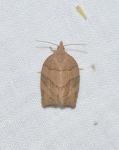
| Recorded by: K. Bischof on 2025-06-21
Transylvania Co.
Comment: |
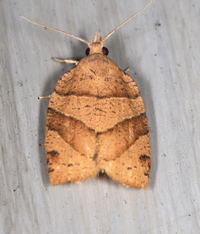
| Recorded by: Jim Petranka on 2025-06-08
Madison Co.
Comment: | 
| Recorded by: Ken Kneidel on 2025-06-05
Yancey Co.
Comment: |
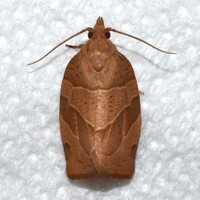
| Recorded by: Jeff Niznik on 2025-05-01
Orange Co.
Comment: | 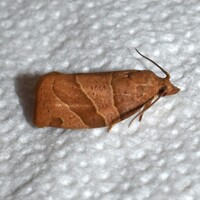
| Recorded by: Jeff Niznik on 2025-05-01
Orange Co.
Comment: |
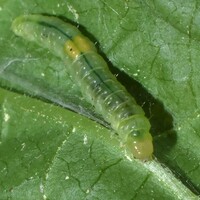
| Recorded by: Jeff Niznik on 2025-04-14
Orange Co.
Comment: | 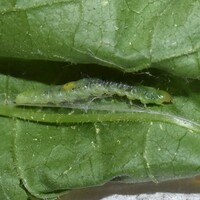
| Recorded by: Jeff Niznik on 2025-04-14
Orange Co.
Comment: |
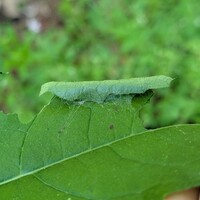
| Recorded by: Jeff Niznik on 2025-04-14
Orange Co.
Comment: | 
| Recorded by: Jim Petranka, Mark Basinger and Becky Elkin on 2024-09-21
Buncombe Co.
Comment: |
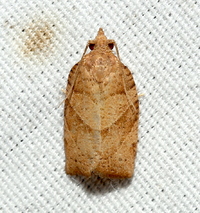
| Recorded by: David George, Jeff Niznik on 2024-09-21
Chatham Co.
Comment: | 
| Recorded by: Jeff Niznik, David George on 2024-09-07
Alamance Co.
Comment: |

| Recorded by: Jim Petranka on 2024-09-03
Madison Co.
Comment: | 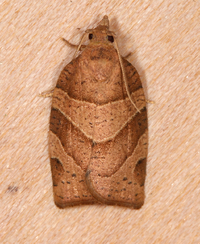
| Recorded by: Jim Petranka and Becky Elkin on 2024-08-27
Madison Co.
Comment: |
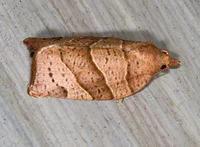
| Recorded by: Jim Petranka on 2024-08-25
Madison Co.
Comment: | 
| Recorded by: Emily Stanley on 2024-08-07
Buncombe Co.
Comment: |
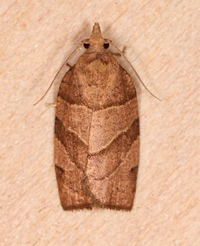
| Recorded by: Jim Petranka and Mark Basinger on 2024-08-06
Mitchell Co.
Comment: | 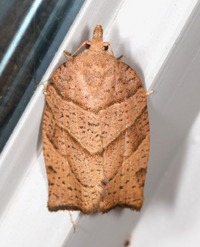
| Recorded by: Jim Petranka on 2024-08-03
Madison Co.
Comment: |
|

 »
»
